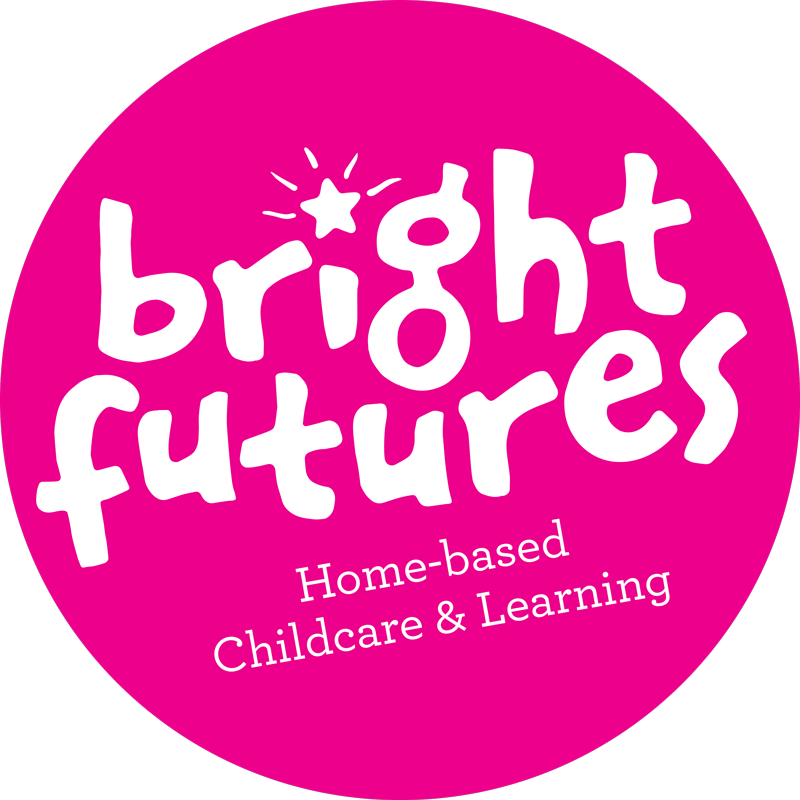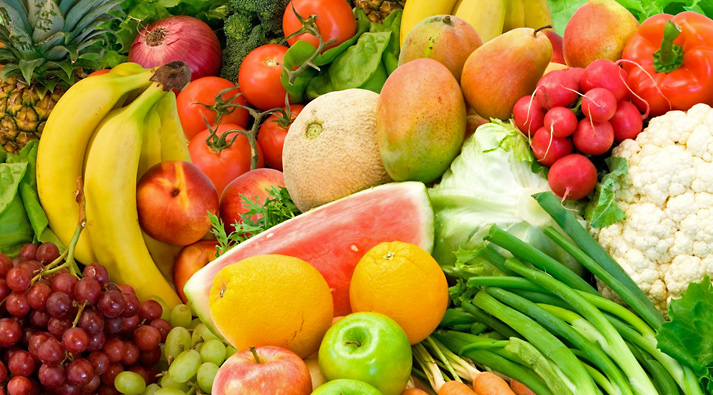December 9, 2015
In
Latest News
By Debbie Winton
How many times do we ask ourselves, “how can I get my children to eat better”?
Over the years of caring for my own four children and 8 years as an Educarer looking after many others, I have seen many common objections to healthy food. This has lead me to develop a learning plan for educating children so they can easily learn how good food makes a positive impact on how there little bodies feel. When they understand and acknowledge that, it’s amazing how readily young children embrace new and healthy ways.
Children are natural sponges for learning and very helpful at a young age so it’s easy to start early. They like to share their new found words of wisdom and teach others which allows for lots of opportunity to practice and extend this learning.
In order to adapt their eating habits, children need opportunities to prepare and taste new foods. Learning some practical cooking skills can help them rely less on pre-prepared foods that are likely to be high in sugar and salt or ‘bad fats’.
Furthermore, food tastes develop at an early age, and encouraging healthy choices early in life can help to create lifelong preferences for healthy foods.
The learning plan
Firstly, I have pictures of vegetables and fruit. We use them as flash cards so children learn what each fruit and vegetable is by vision, we play games with these like, sorting vegetables by colour or groups. Here’s some great downloadable flash cards and there are dozens more easily found with a quick google search. We make up games as we go, the important thing is to make the games fun. This takes pressure away from the ‘eating’ and shifts the focus to learning which young children love to do.
Along the way I ask questions like, “What do you think that would taste like?”, “How do you think it will feel?” This opens up an opportunity to introduce a food later because you have already raised their interest in it.
Next we learn how fruit and vegetables grow, e.g. on a tree like apples, in the ground like potatoes, above the ground like spinach. We often plant a few so they can help nurture and eventually harvest which is an exciting time for them. It also helps their understanding of seasons and why some fruits and vegetable are available at certain times of the year. In Hawke’s Bay we are lucky to have a number of places you can go to pick your own – a great day out for learning and adventure.
We go on trips to local vegetable sellers to see the fresh produce and how it’s been grown. You can ask, “What vegetables and fruit do we need on our shopping list this week?” Get them to find what you need at the supermarket. Ask, “What fruit do you think you need in your lunch box today?” “What vegetables shall we prepare for dinner”, with their new knowledge they are more than willing offer ideas.
Preparing snack and meals together
Children seem to think it is great to help make tea or their own snacks for lunch.
Preparing vegetables or fruit for snacks like carrot or celery sticks with hummus, washing cherry tomatoes or removing stalks from berries are all valuable experiences. Not only do they teach children about the food but also skills like the pincer grip (using the finger and thumb to pick up an item), hygiene or using a knife safely.
All the time we talk about what each food is and how good it is for their body. For example we can teach them that foods high in Vitamin C like berries, oranges, and kiwifruit help heal cuts and wounds, fight colds and keep our teeth and gums healthy. Here is a lovely resource with lots of fruit and vegetables grouped by colour and explanations about their health benefits. And, here is another that lists the individual benefit of each. Also, www.wikipedia.org is a great resource for finding information on almost any fruit or vegetable.
Once a child has some ownership of their food they are usually more willing to try it. Little by little you will see their readiness to embrace new foods and it doesn’t matter if they eat a little or all of it. They’ll get there in their own time.
Healthy Eating Awards
There is nothing quite like an award for a child.
I have seen children turn down junk food in favour of a carrot or piece of fruit. Not because they necessarily prefer it, but because they want to choose a healthier option.
You can encourage this by introducing a sticker chart or other reward system when your child makes good food choices on their own.
Healthy snack suggestions
- Vegetable sticks – keep these in the fridge. Serve with cottage cheese or hummus
- Cold cooked vegetables – cook a few extra roast potatoes, cubed kumera pieces, peas and sweetcorn at mealtimes to have as snacks the next day. Toddlers especially like variety, colour and ‘snack size’ items
- Fresh fruit – serve whole or cut up with yoghurt
- Frozen – bananas, oranges, berries, peas
Some more tips
- Lots of water – Keep a jug of cold water in the fridge in the summer months. Children need plenty of water to keep their bodies working. They need to drink more when they are active and when it’s hot. Children need lots of small drinks through the day. Keep offering drinks, as they may forget to drink when they are active and become dehydrated very easily
- Activity for appetite – Regular physical activity keeps children healthy and work up an appetite for good food. Physical activity helps children: develop strong muscles, bones and joints, improve their balance and flexibility, develop and maintain a healthy heart and lungs, maintain a healthy weight and have fun, make friends and feel good about themselves
- Let your child control how much food they eat – make mealtimes fun rather than a battleground. They will eat when they are hungry never doubt that
Why education about food and nutrition is important
Nutrition is fundamental to developing a sense of well-being and to meeting the growth, development, and activity needs of healthy, confident children and young people. Readiness to learn is enhanced when our children are well nourished.
There is considerable evidence linking children’s nutrition to educational outcomes. If children are malnourished, have nutritional deficiencies, or are obese, then their learning is likely to be affected. Let alone, their self-confidence. Numerous studies such as Food Nutrition Guidelines and Nutrition can greatly impact your child’s learning ability in New Zealand and overseas have demonstrated a link between nutrition and learning, and shown the beneficial effects of restoring nutrition to appropriate levels.
Teachers in early childhood education services and schools report improvements in children and young people’s attendance, attention, behaviour, and levels of concentration where the provision of healthy food and drink has become normal practice. It makes common sense really, if we feed our body what is required then we become more balanced.
What and when an individual child eats is affected by a number of factors including:
- Their knowledge and attitudes about food and health
- Their individual tastes
- Their socio-economic status
- The education level of their parents/caregivers
Children and young people’s eating habits are often driven by a mind-set rather than a physiological reason. Many do not eat food just because of its nutritional value. They also eat because they like the taste, because “it’s time”, because it’s what is made available to them or it’s what their friends are eating and, sometimes, because it is what they are able to prepare.
The many interrelated factors affecting what children choose to eat makes it important for them to be able to access accurate knowledge and information about food and nutrition.
So let’s all start introducing them to real food and make it fun so their little minds are aware of the options available. Let’s teach them that treats are exactly that and not to be confused with real food. Let’s teach them they have a choice for their wellbeing.
Our children have the right to knowledge and choice for themselves, their health and their future.







